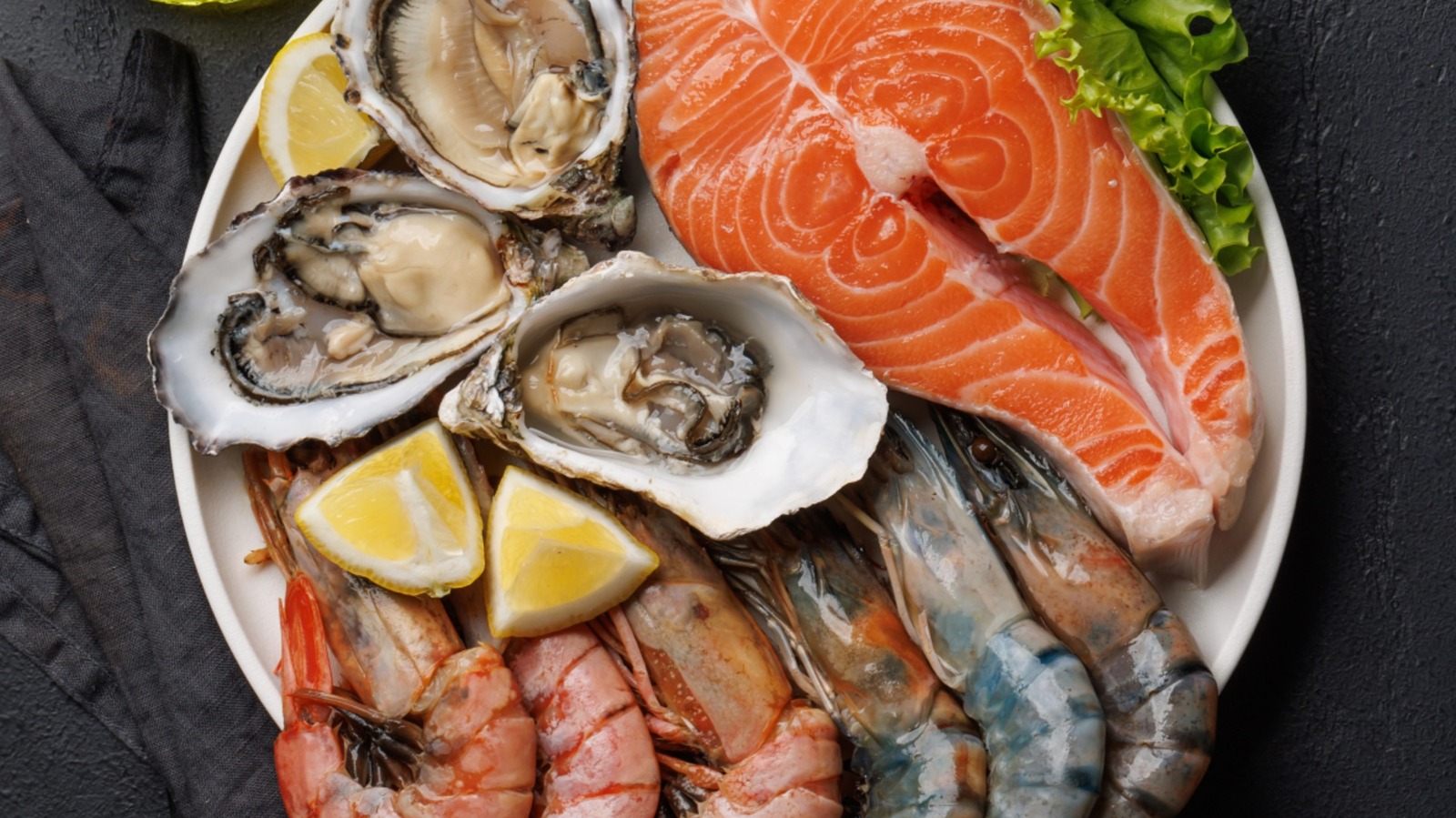If you’re a fan of seafood, then you’re probably aware of the fact that a toxic form of mercury harmful to human health has been infiltrating the fish and shellfish we eat for some time. Basically, our seafood suffers from intense heavy metal contamination from coal and industrial processes that’s only gotten worse over the years. Everything from canned salmon and tuna to your local fishmonger’s fresh catch of the day likely has traces of mercury in it, so it’s hard to avoid it completely without cutting seafood out of your diet. Fortunately for you, though, there are ways to reduce your exposure to mercury while still eating the food you love. The key is to focus on seafood picks that have low mercury levels.
No, you can’t eliminate the traces completely, but you can definitely avoid fish with extremely high mercury levels (like Gulf of Mexico tilefish) and know where the biggest risks are. For low-mercury fish, aim for trout, cod, sole, tilapia, salmon, and sardines. You can eat other seafood, too; in fact, most shellfish have very low levels of mercury. If you feel like dining without as much risk, then it might be best to reach for your favorite shrimp recipes or some oysters on the half-shell instead of grabbing that can of tuna. Also, try to buy farm-raised fish instead of wild-caught ones since they’re closely monitored for mercury levels. Buying whole fish instead of processed fish helps, too.
What determines the mercury levels in your seafood?
Now that you have a better idea of what to look for when doing your seafood shopping, let’s break down why some options are better in the first place. The scientific reason mercury is found in seafood relates to the fact that aquatic bacteria convert elemental mercury to toxic methylmercury in water. This methylmercury then gets into seafood when these animals ingest water, breathe, or eat other critters that already have a concentration of mercury in them. The higher up you get on the food chain, the more concentrated the mercury is going to be, so large hunters like bigeye tuna and swordfish tend to have quite a lot in their bodies.
On the other hand, short-lived and small species like Atlantic mackerel (the safest fish to eat every day), tilapia, and crab don’t have as much time to absorb the metal, making their parts per million (PPM) of mercury much lower. All this isn’t to say that you should stop eating seafood entirely. Just be smart about it. Always check the label on your canned tuna to make sure it’s made with tuna known to have lower levels of mercury. Do your research on other fish and seafood that often have higher levels of mercury so you always know what you’re getting into and what the risks are. What you eat is totally up to you, but it’s always a good idea to make informed decisions so you don’t end up regretting all those tuna salad sandwiches years down the line.






